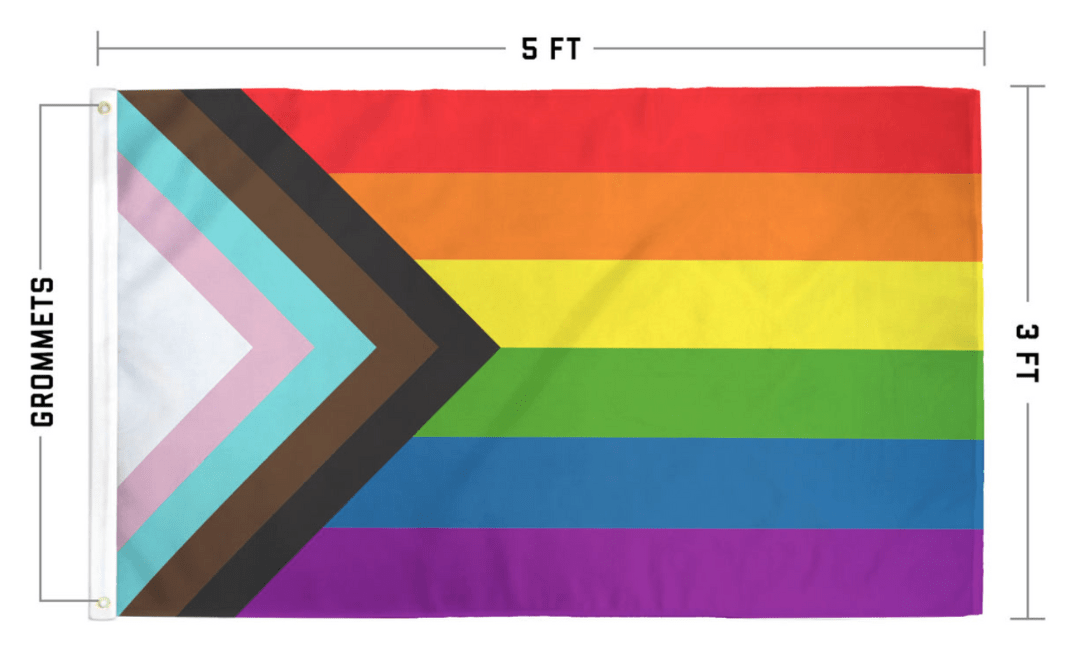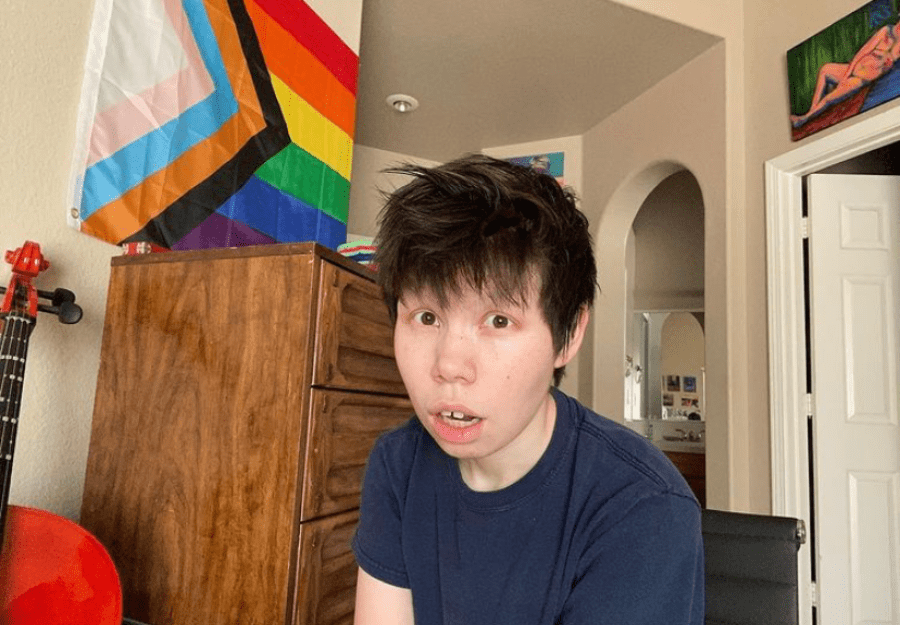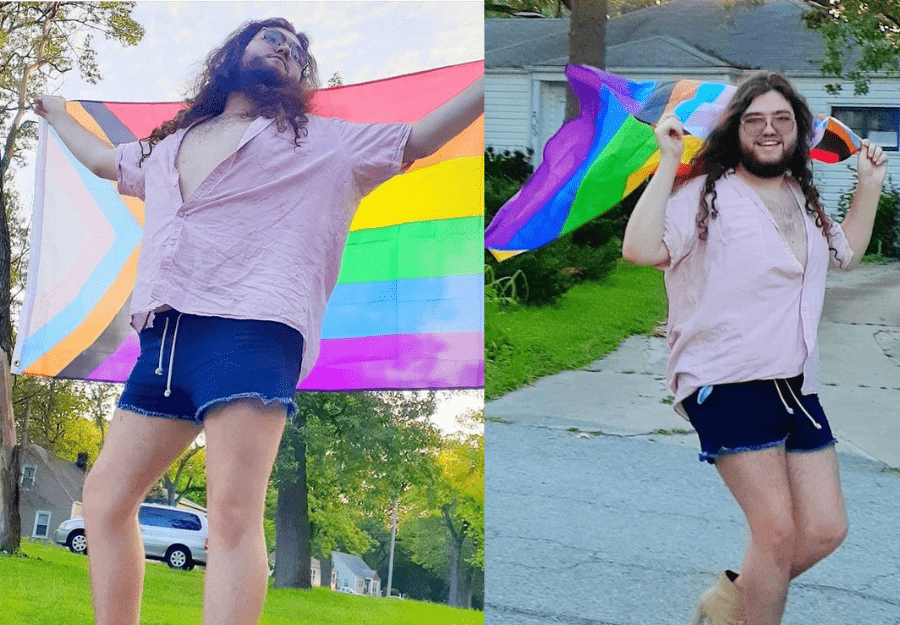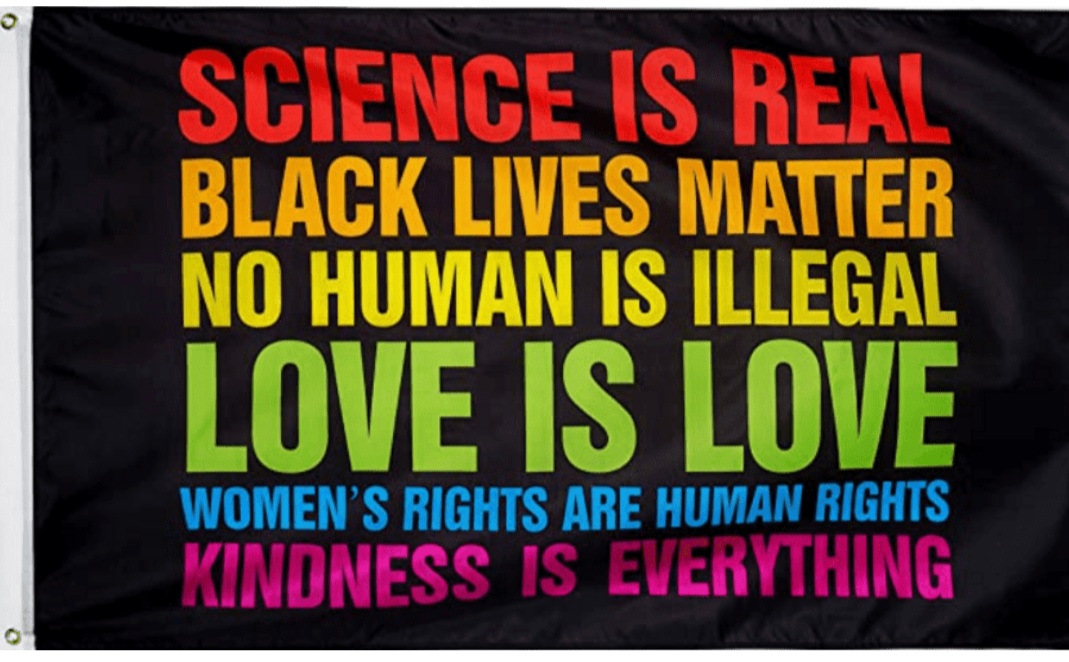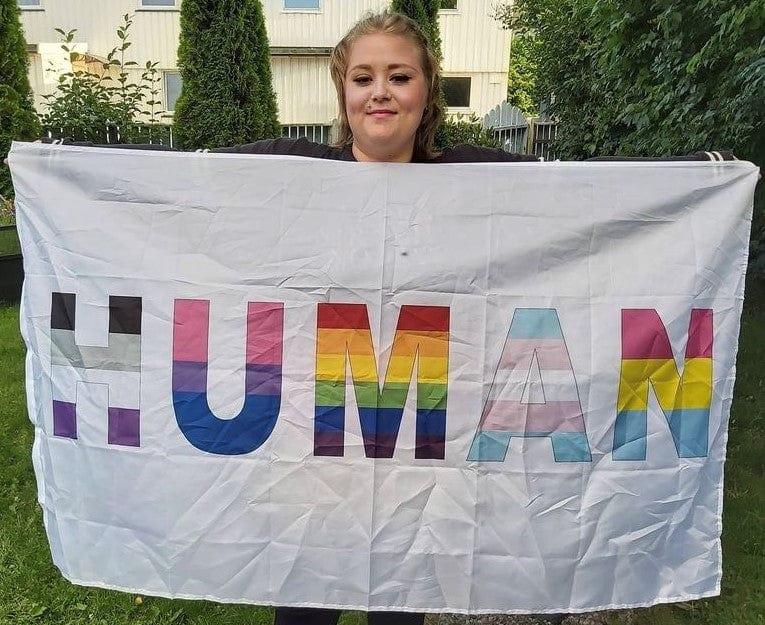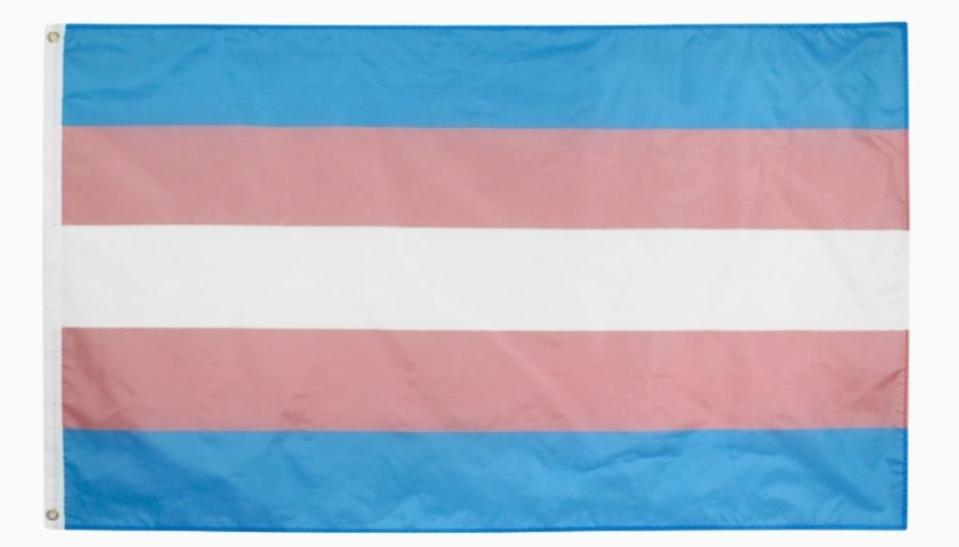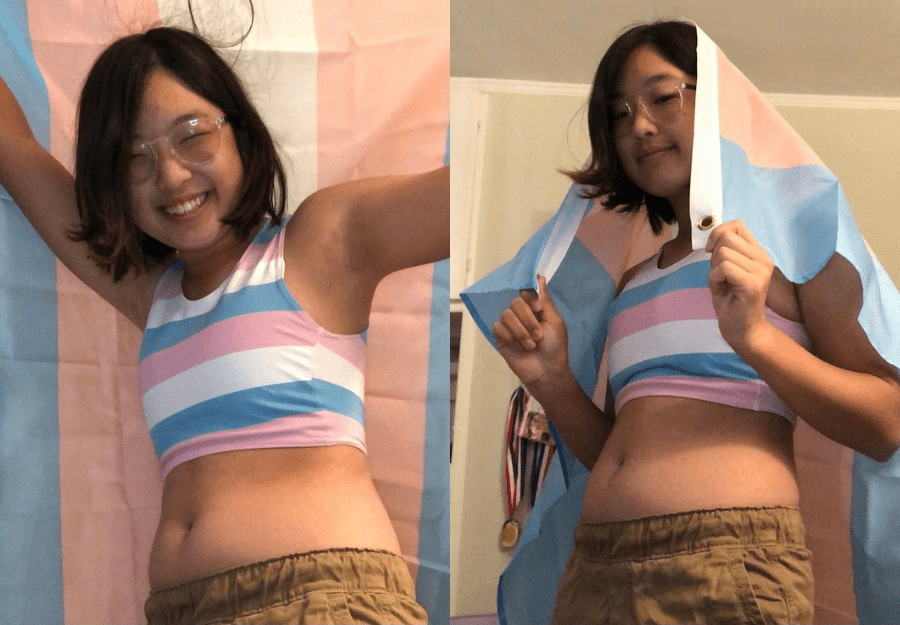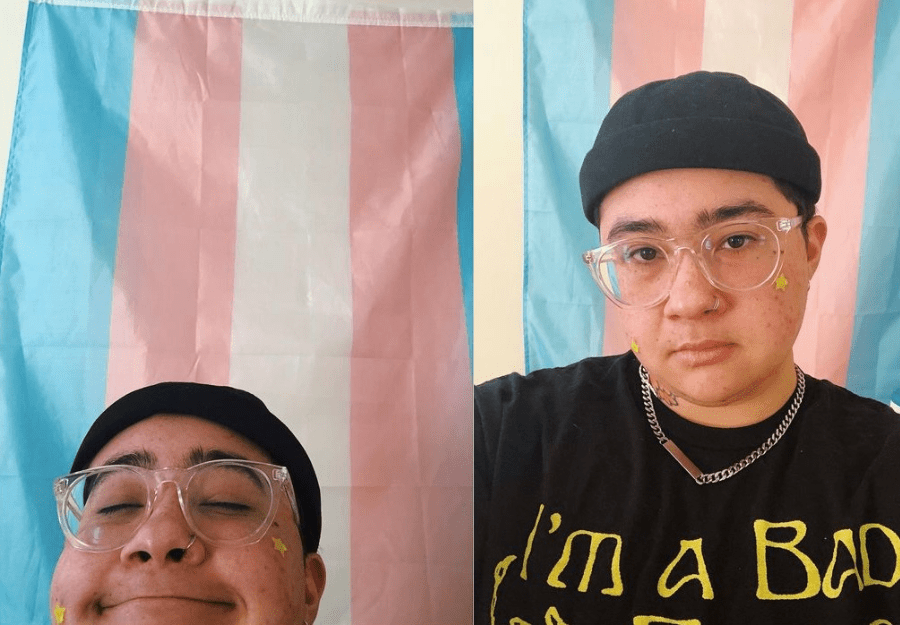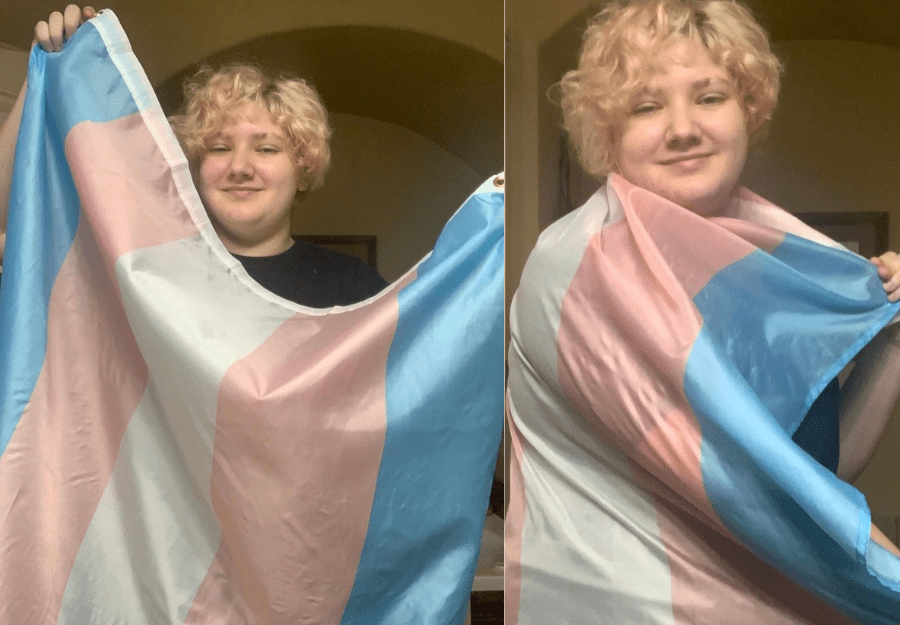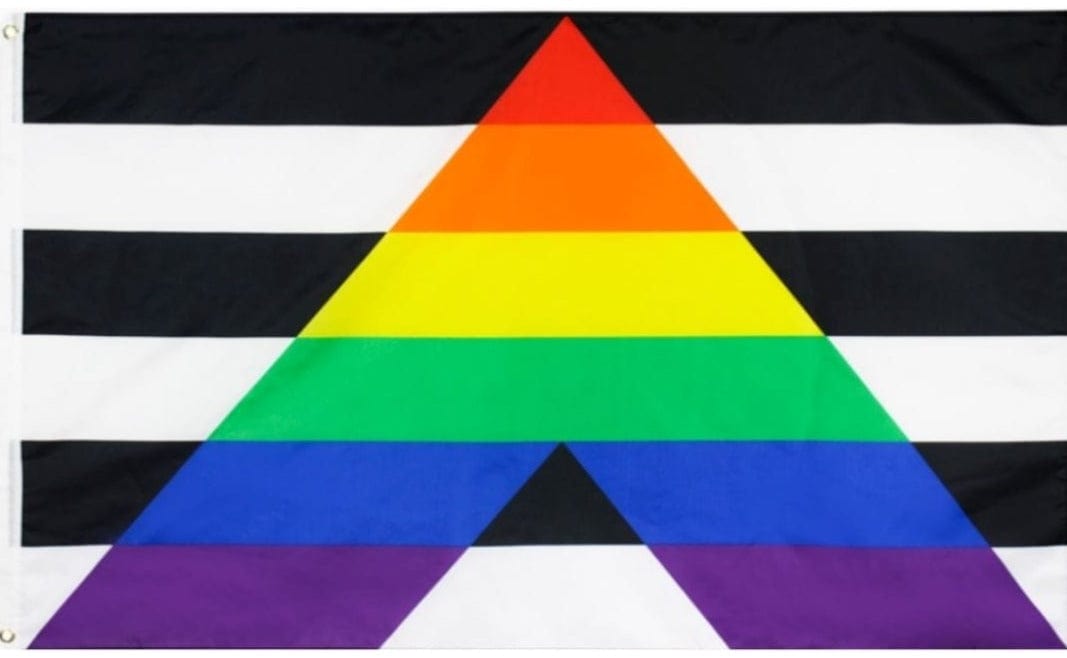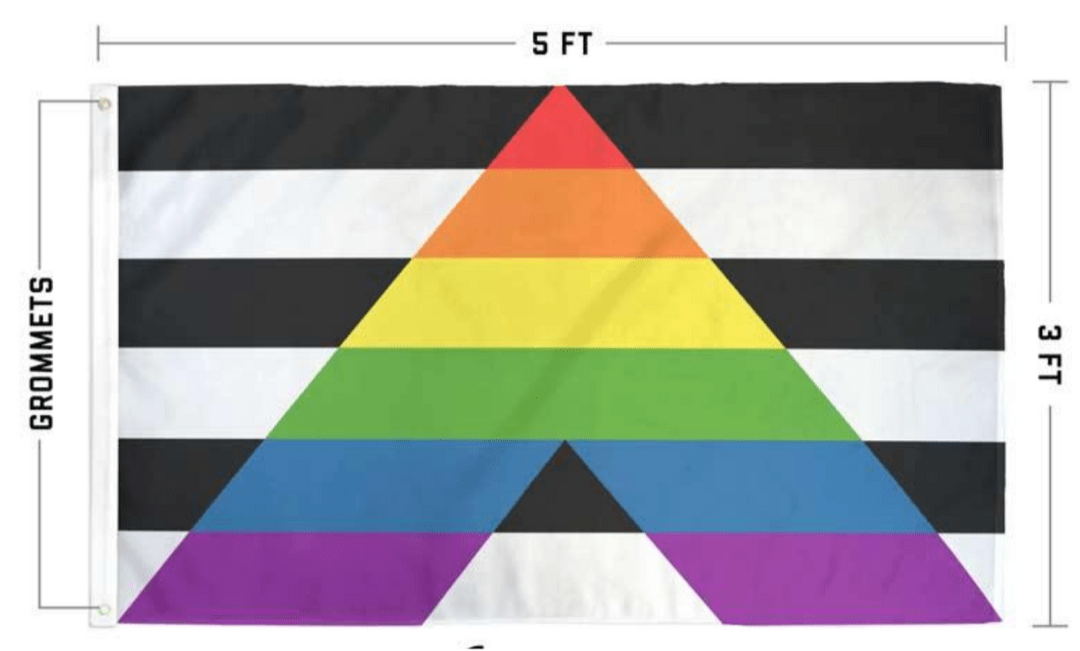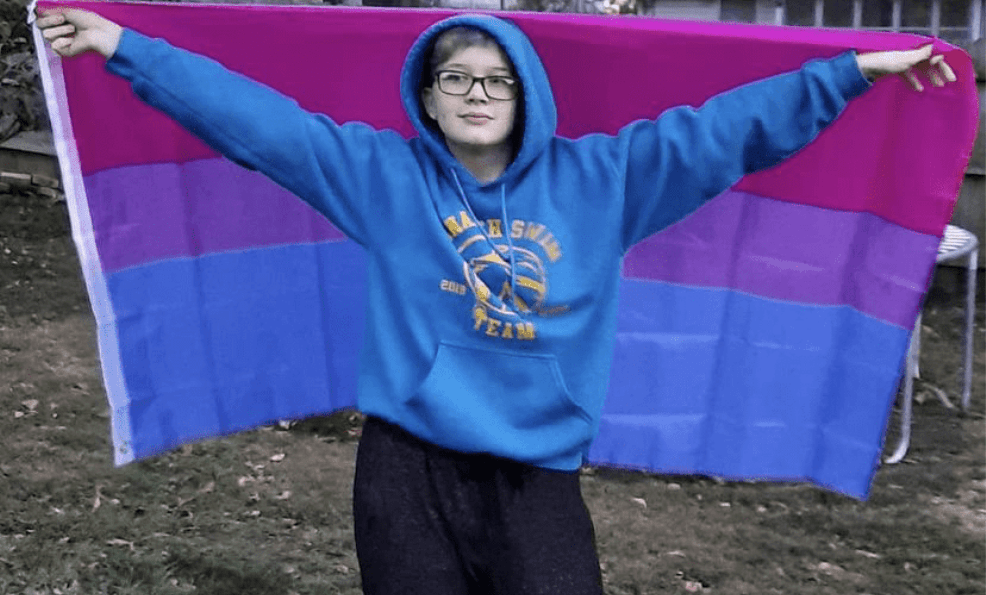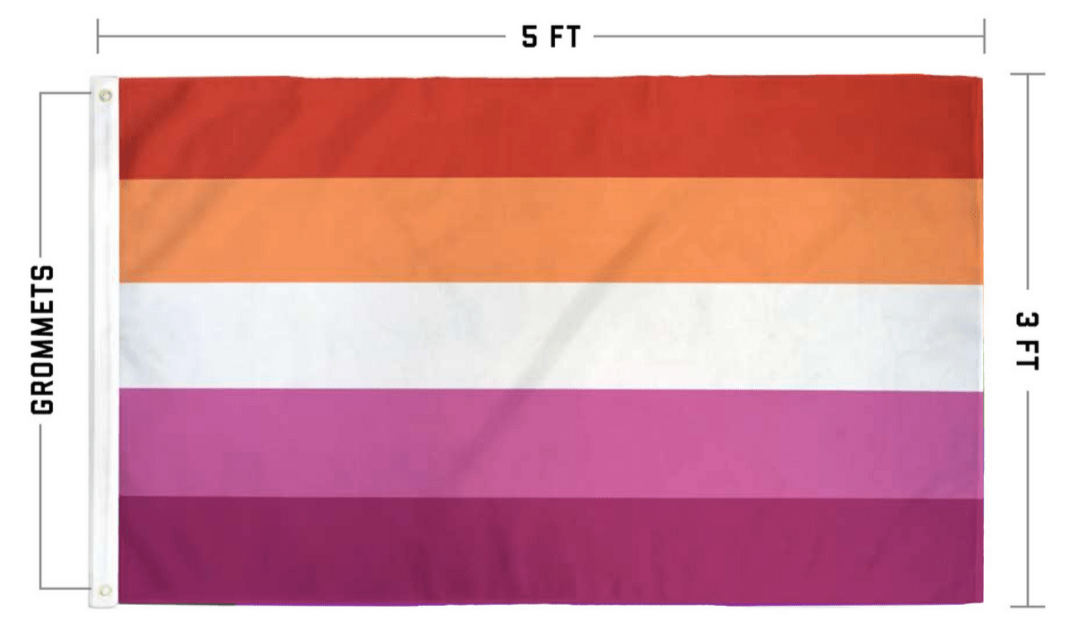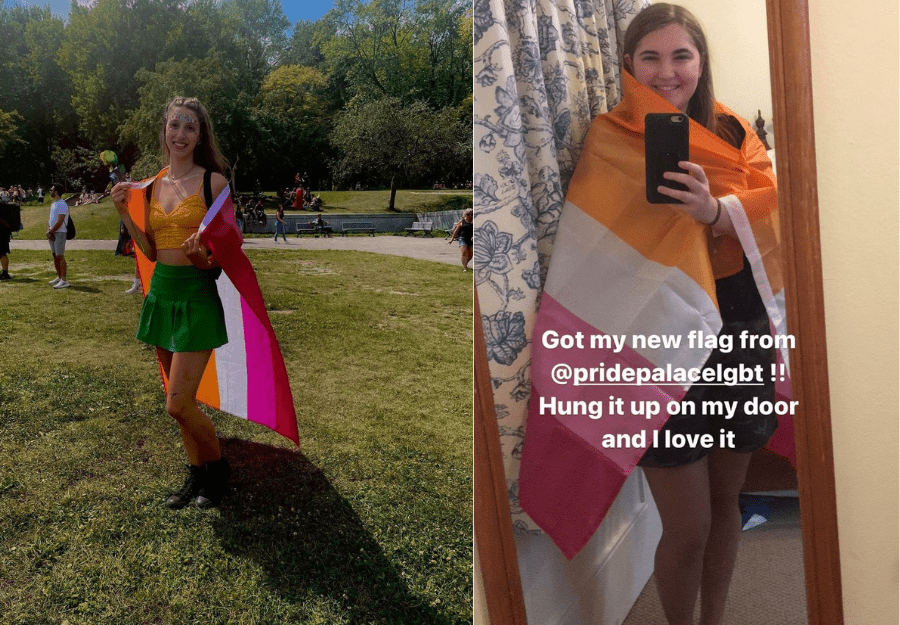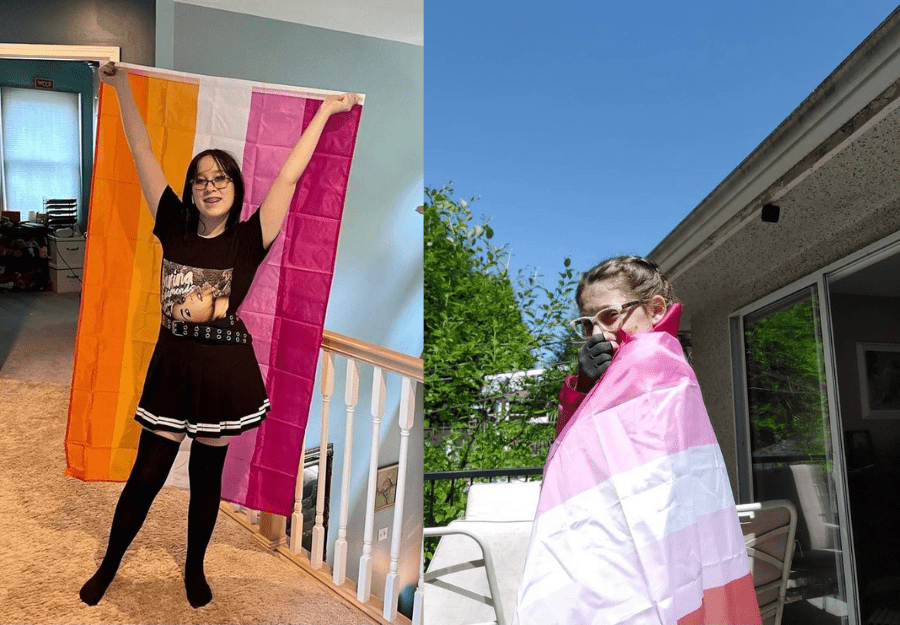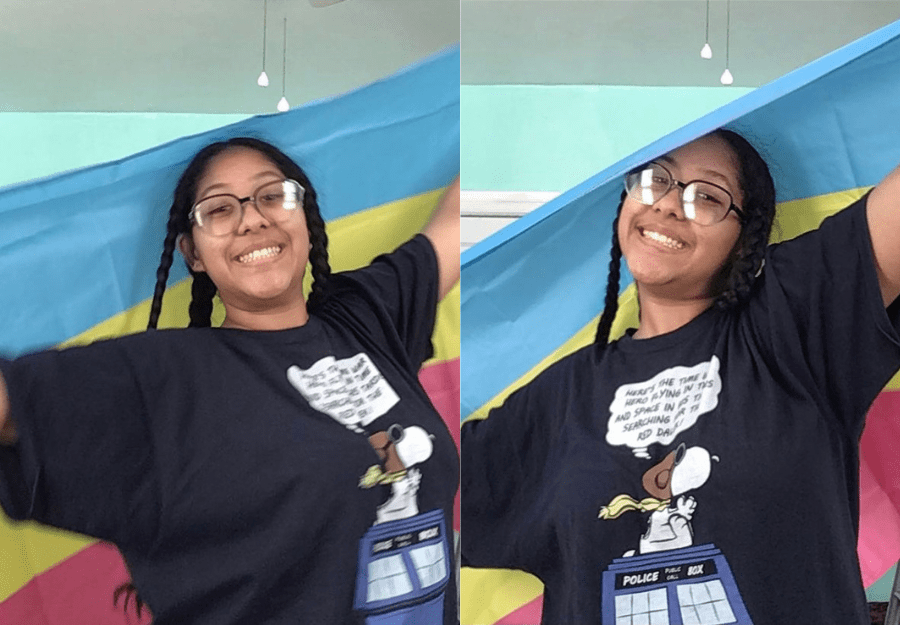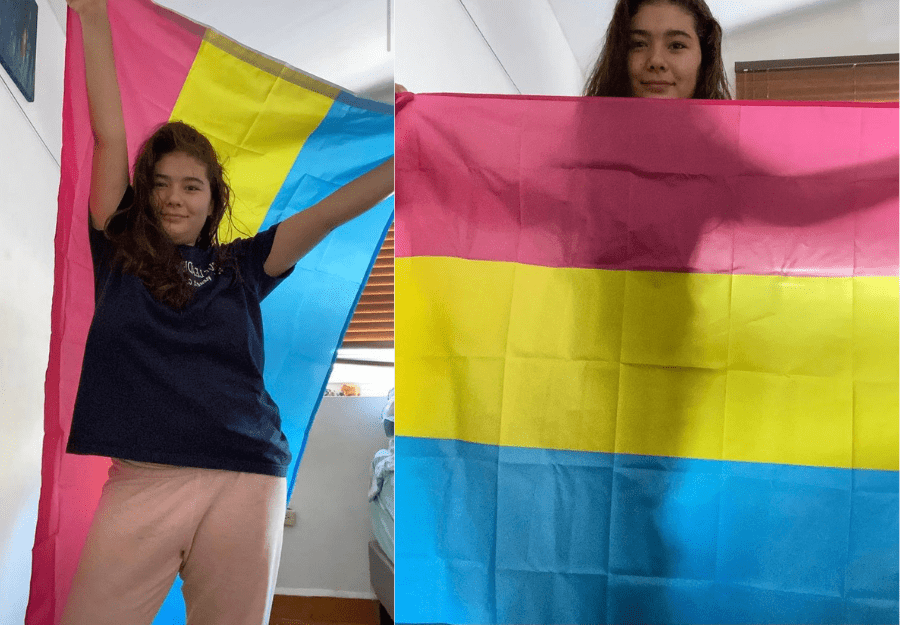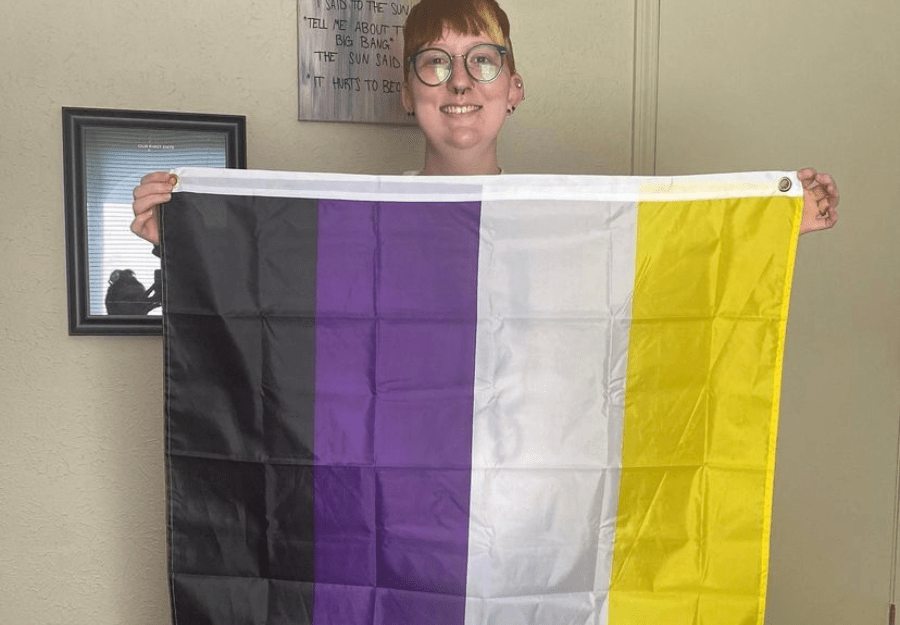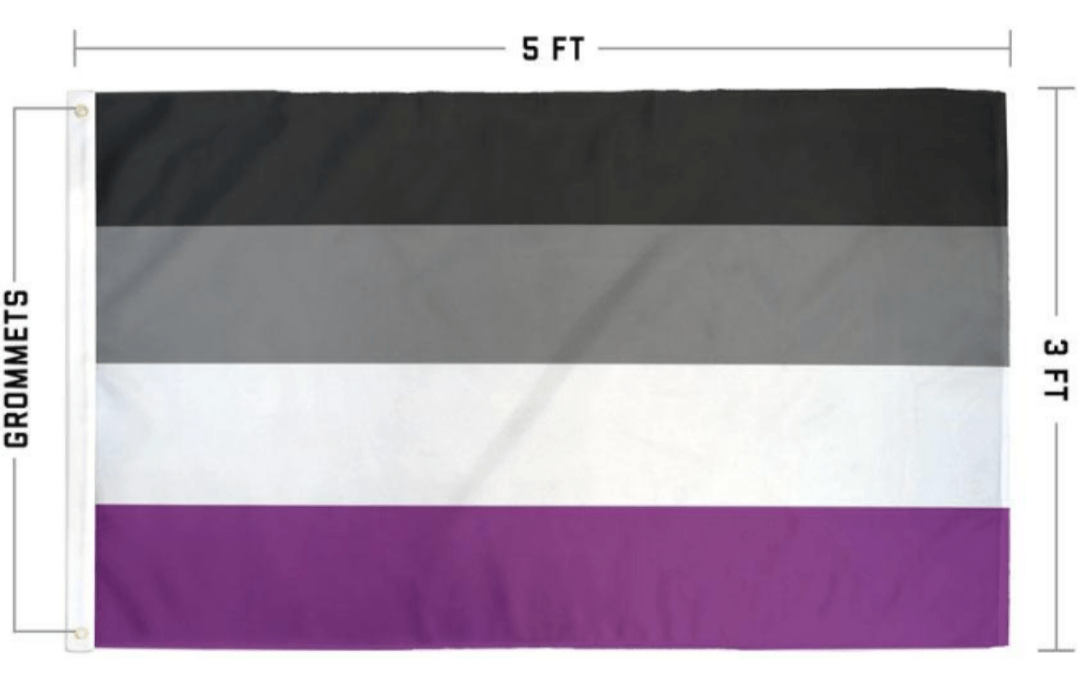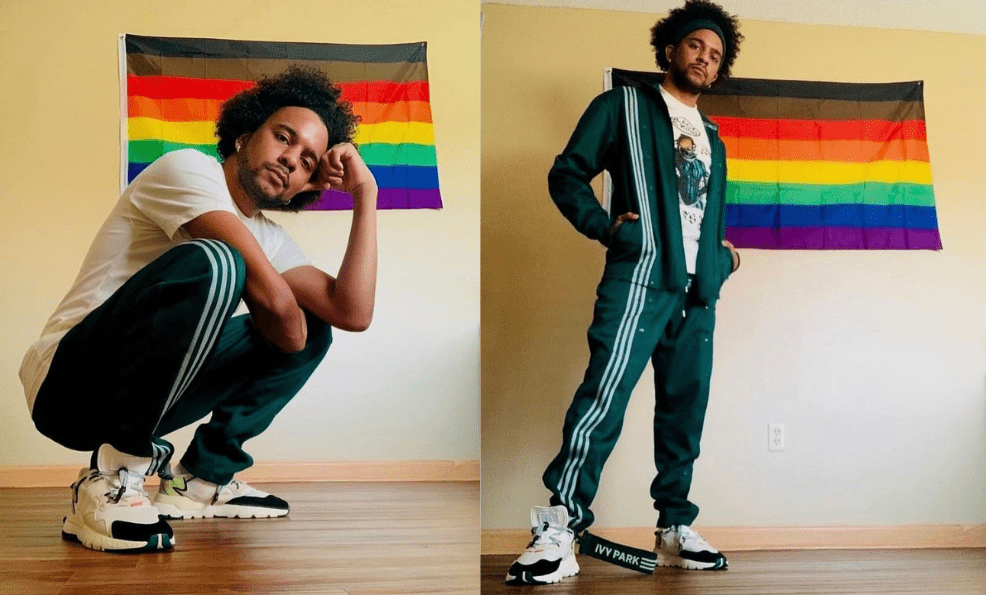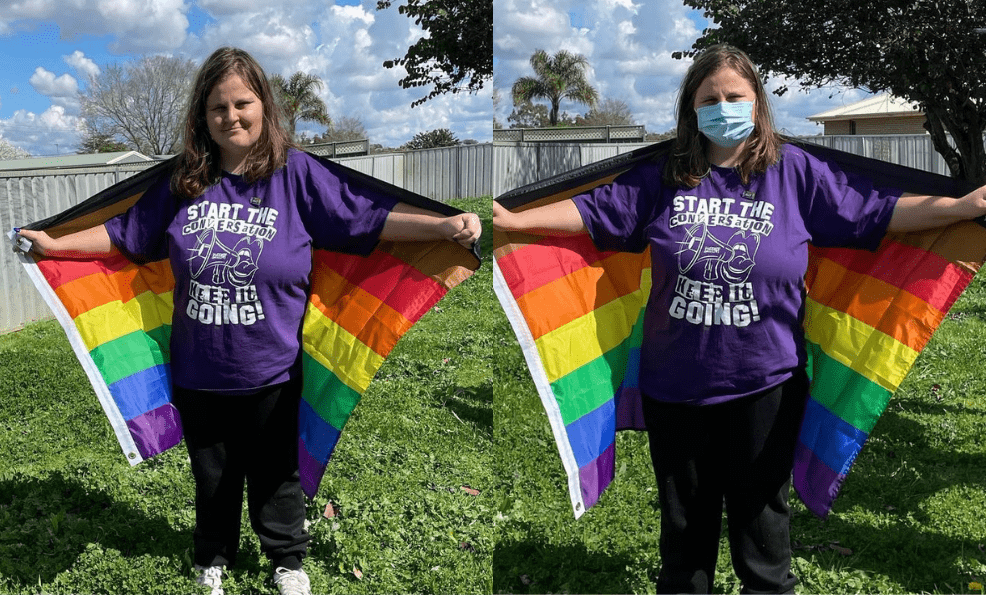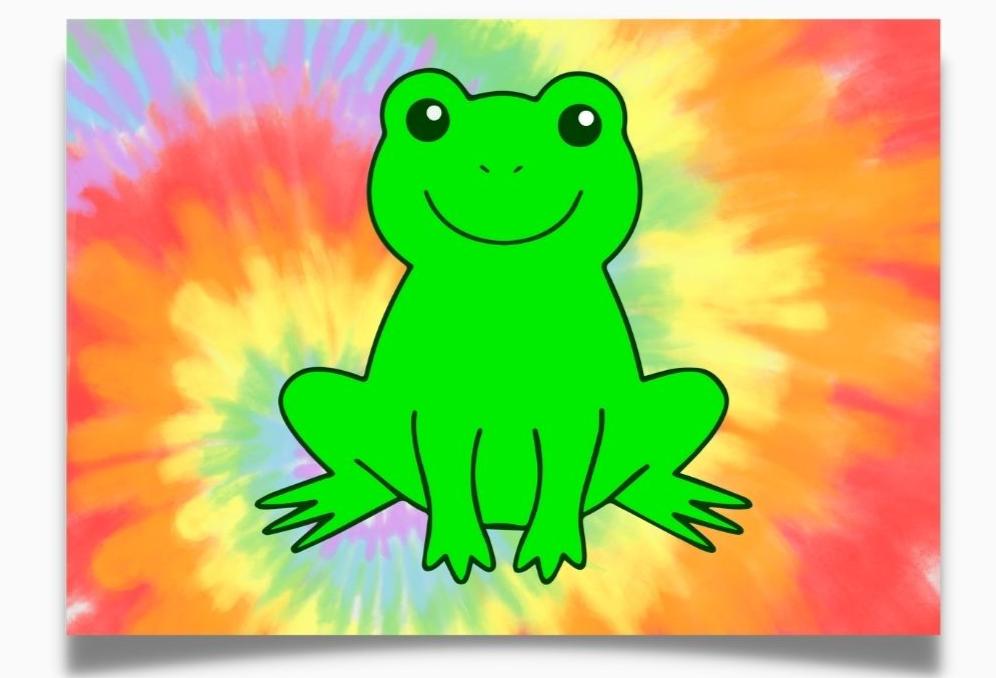Demisexuality is a sexual orientation that includes people whose sexual attraction is highly dependent on close emotional connection. The prefix "demi" means half or partial in Latin, which refers to their particular sexual nature. Demisexuals can span across the sexual and gender spectrum — they can identify as any sexual orientation, such as pansexual, straight, or nonbinary, in addition to being demisexual.
Demisexuality and other asexuality terms refer to the nature of sexual attraction. This adds another layer of understanding how they experience sexual attraction in association with their orientation and gender identity.
In addition to gender orientation, demisexuality concerns the nature of someone's relationship. So, hypothetically, it acts as another descriptor for someone's sexual and gender orientation. For example, if someone identified as bisexual and demisexual, they would say their sexual orientation is “bi-demisexual”. These are all valid experiences and add to the diversity of the LGBTQIA+ community.
How Does Demisexuality Relate to Asexuality?
Some demisexuals report feeling little to no sexual attraction and may identify as being under the asexual umbrella. It’s uncommon but not unheard of. However, some demisexuals can form close emotional bonds — demisexuality does not concern frequency the way asexuality does. This distinction places demisexuals somewhere between the asexual and sexual ends of the spectrum. This is similar to greysexuality.
Greysexuals experience sexuality as somewhere between sexual and asexual, which may cause some to identify under the asexual umbrella if they lean towards that. If they are strongly sexually attracted to only a few close friends or significant others, they may identify as either demisexual, asexual, greysexual or may change between them.
Each experience is nuanced, and it is crucial to include these folks in the asexual discussion. It is important to normalize fluctuating identities. People undergo changes in so many aspects of their lives — sexual attraction and its many factors are not exempt from that. Some demisexuals and asexual and greysexual folks may identify as allosexual at certain points in their life.
The A-spec, or asexual spectrum, community uses specialized terms to refer to the sexual community or people who do not identify with asexuality. Allosexual refers to “sexual” individuals. This is a similar concept to how the transgender community refers to cisgender folks. Other a-spec terms are:
- Sex-repulsed describes individuals who find sexual activity revolting or overall, unfavorable.
- Sex-favorable describes individuals who find sexual activity desirable.
- Sex-indifferent describes individuals who do not feel either way about sex.
Fluid identities are just as valid as non-fluid identities! People who change their sexual orientations are no less valid in their current orientation, and it does not invalidate what they were previously. We have a responsibility to normalize diversity in our sexual natures.
Sexual identities have so much diversity. This is also reflected in the types of relationships demisexual folks take part in. Read on to learn more about their unique partnerships and the factors that influence them.
Types of Demisexual Relationships
For demisexuals to feel sexual attraction, an emotional connection has to be established. There are multiple types of connections. Some experience intense platonic relationships of a sexual nature.
Here are some of the other types of attachments demisexuals and other a-spec individuals can form:
- Romantic: Developing attachments that focus on romance
- Emotional: Developing a personal connection
- Aesthetic: Attraction based on someone's appearance
- Platonic: A friendship-based connection
- Sensual: The desire to be touched or held, unrelated to a sexual nature
Demisexual partnerships look different from person to person. Some may participate in sexual and romantic relationships, while others prefer platonic relationships. And these platonic partnerships can be sexual if the individual feels the personal connection is close enough. It varies on so many factors! Sex may not be an important factor in their relationship, but, as mentioned earlier, they have other ways to show commitment and love.
On the opposite end of this, some demisexual individuals may not want a relationship at all. And that is completely okay. The feeling of not wanting a relationship is not exclusive to demisexuality either - for example, heterosexuals can feel this way and not desire a traditionally committed relationship.
The media and cultures portray a certain mold of how sexuality or gender identities look or what a healthy relationship should look like. But when it comes to the asexual and demisexual crowd, these are not the norm, and the lines between them are not clean-cut. We need to shed light on the range in how they experience their personal interactions.
Common Misconceptions about Demisexuality
Many allosexual folks may wonder why demisexuality is worth a position in the pride rainbow. Some may ask, “don't many people wait to have sex until they feel a connection?” However, this misconception about demisexuality deals with the difference between sexual behavior versus sexual identity.
Many people may wait to have sex with someone once they have formed an emotional connection, even though they feel sexually attracted — but that is a choice and falls under sexual behavior. To reiterate, demisexuals do not feel sexual attraction unless an emotional bond is formed first. Even then, sexual attraction is not guaranteed to happen. This lack of sexual attraction is not a choice.
The exclusive aspect of sexual attraction naturally occurs for demisexuals, whereas sexual folks feel attraction whether they like it or not. And there is no scientific cause - they are born this way, and there is nothing wrong with how they feel. A deep emotional connection does not equate to immediate attraction, just like heterosexuals may prefer women but not find every woman attractive.
Demisexuality greatly differs from celibacy or abstinence. Choosing to be celibate or abstinent are conscious choices, which define an individual's sexual behavior. For demisexuals, this lack of sexual attraction is natural. They may still want to have sex, but a person's appearance does not influence that.
Even if people do not feel sexual attraction, many factors play into sexual behavior. Again, this is not exclusive to demisexual relationships. Some people may yearn for sensual touch, for fun, to have children, or just to experiment. These are all their choices to make, and it is important to acknowledge and respect their decisions as consenting individuals.
What Is The Demisexual Flag?
The Demisexual flag consists of black, grey, and purple, which happens to be the same colors as the asexual flag. Black represents the lack of sexual attraction, and purple is the color that represents the A-spectrum community, or A-spec. Grey represents people who identify as a greysexual orientation.
How You Can Show Your Support for Demisexuality
A great way to support is by helping dispel misconceptions about demisexuals. It is important to educate others about the difference between sexual identity and sexual behavior and how it applies to demisexual identity. Listen to their stories, read about their experiences, and continue to create safe spaces. All of these actions validate them as people and embrace their stories as the norm.
Key Takeaways
Overall, demisexual individuals are capable of developing sexual attachments if a deep emotional connection is formed first. And even then, it might not happen. These experiences differ across the demisexual spectrum — because of these variances, they may choose to identify as asexual or greysexual.
People can also fluidly move between different sexual orientations throughout their lifetime. There are many factors at play on a personal level. So it is important to continue to listen and learn about the demisexual experience on an individual level.
Sources:
https://www.healthline.com/health/demisexual
https://www.asexuality.org/en/topic/189014-demisexual-v-asexual/









